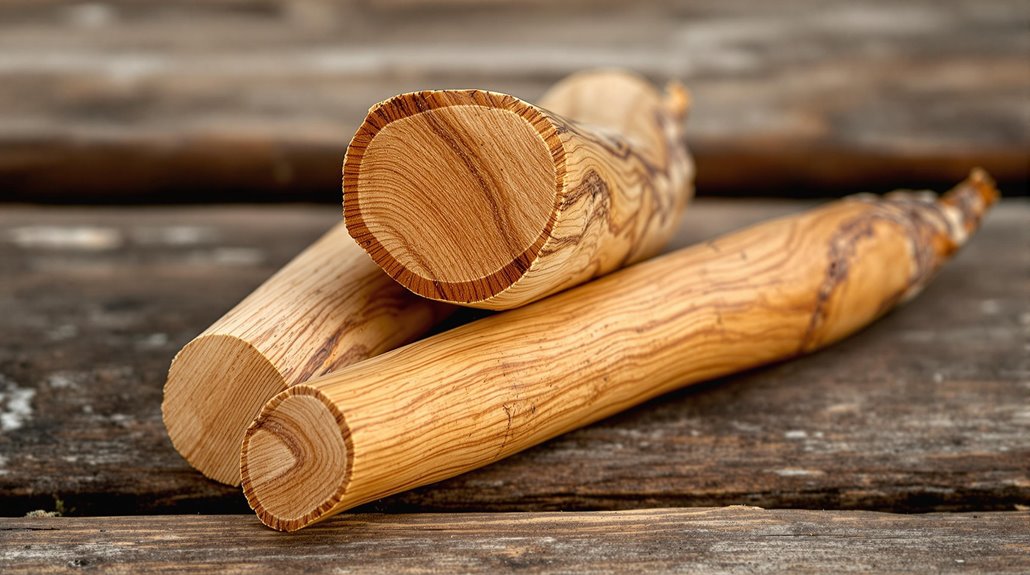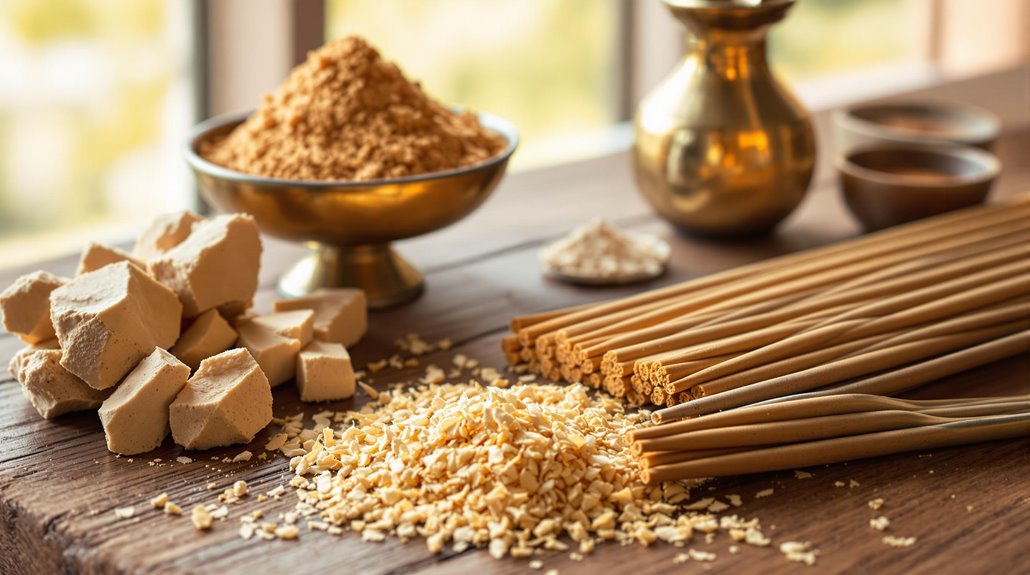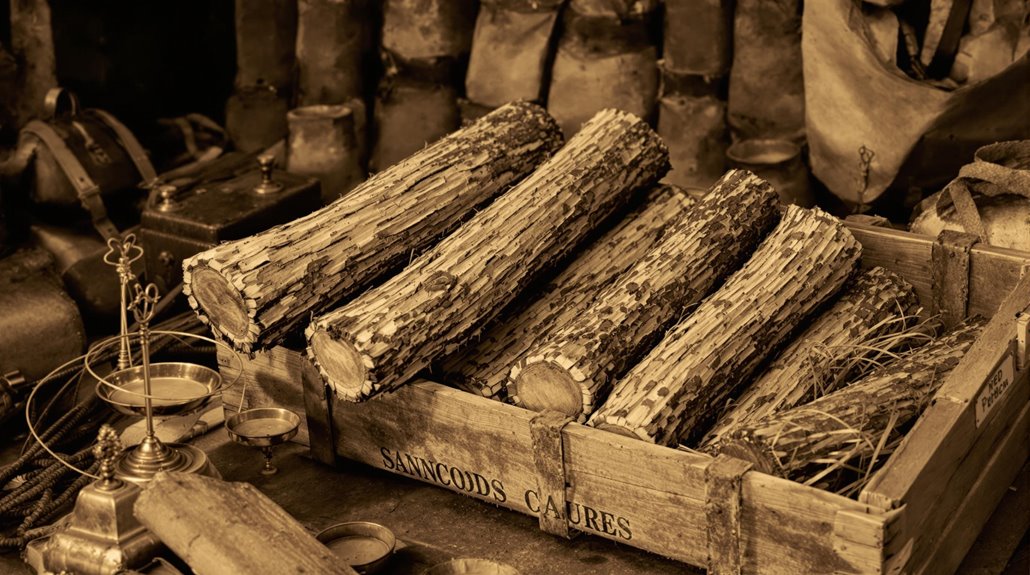The History of Sandalwood: From Ancient Rituals to Modern Use

Sandalwood's mesmerizing history spans millennia, interwoven with the sacred rituals and spiritual practices of ancient cultures worldwide. You'll find this fragrant wood's roots deeply embedded in Hinduism, Buddhism, ancient Egypt, and beyond - revered for its cooling, calming properties and incorporated into medicinal practices, funerary rites, and perfumery. Despite threats of overharvesting, sustainable cultivation methods guarantee sandalwood's enduring presence, from its alluring scent in luxury fragrances to its grounding, centering influence in modern aromatherapy.
Origins and Cultural Significance

Tracing the origins of sandalwood, you find its roots deeply embedded in ancient cultures across the globe. This fragrant, versatile wood has held sacred symbolism for millennia, used in traditional medicinal practices and spiritual rituals from India to the Middle East.
In Hinduism and Buddhism, the sandalwood tree is revered for its cooling, calming properties, often burned as incense to aid meditation and purification. Similarly, in ancient Egypt, the woody aroma of sandalwood was believed to have divine qualities, incorporated into sacred ointments and funerary practices.
Across Asia, the heartwood of the sandalwood tree has long been prized for its distinct fragrance, used to craft religious icons, decorative artifacts, and traditional medicines. Even today, the cultural significance of sandalwood endures, with its essential oils and carved figurines holding deep spiritual meaning for many. From its ancient origins to modern uses, the history of sandalwood is a chronicle to its enduring importance in human culture. To ensure authentic sandalwood benefits, experts recommend selecting oils with 90% free alcohol content from genuine Santalum family trees.
Sandalwood in Ancient Civilizations
Sandalwood's sacred status extended far beyond the ancient Eastern cultures previously discussed. In ancient Egypt, the aromatic wood was a key ingredient in religious practices and sacred ceremonies. Pharaohs and high priests used sandalwood in mummification rituals, believing it facilitated the switch to the afterlife. Similarly, the Mesopotamians burned sandalwood incense to honor their pantheon of gods, the scent wafting through grand temples.
Across the Mediterranean, the Greeks and Romans integrated sandalwood into their own spiritual traditions. They'd add the fragrant oil to ritual baths and ceremonies, valuing its ability to purify and cleanse. Even ancient Chinese and Japanese civilizations revered sandalwood, incorporating it into Buddhist and Taoist practices.
From the Nile to the Yangtze, this prized wood held significant religious significance for diverse ancient cultures, its aroma imbuing sacred spaces with an air of the divine. This tradition of spiritual use continues today, as magical practitioners believe burning sandalwood can help manifest their wishes and intentions.
Therapeutic and Spiritual Applications
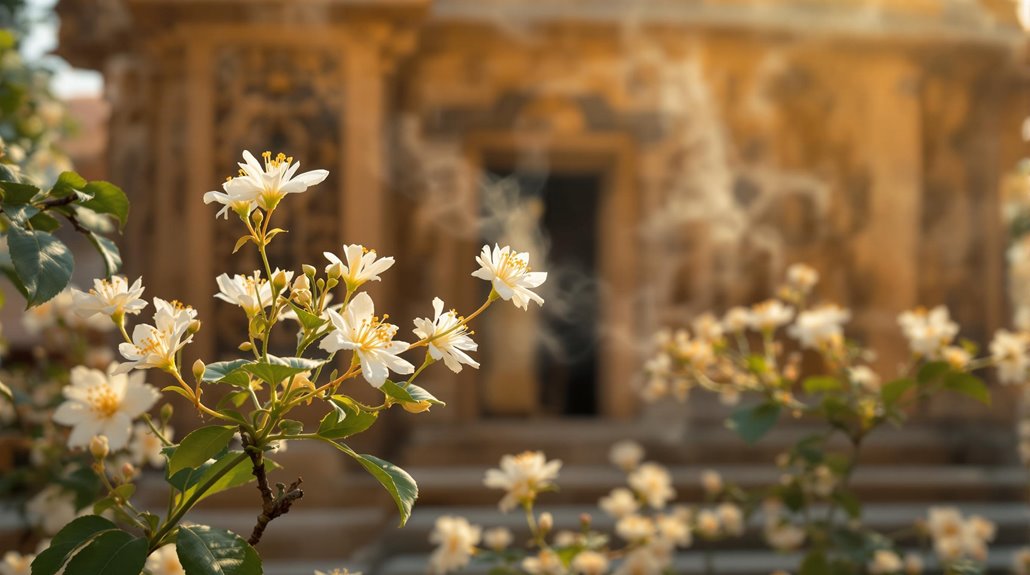
Beyond its rich religious history, sandalwood has long been prized for its therapeutic and spiritual applications. For centuries, the wood's distinct aroma and medicinal properties have been harnessed in various wellness practices. In Ayurvedic medicine, sandalwood is revered for its cooling and calming effects, helping to balance the body's energies. Its essential oil is widely used in aromatherapy, promoting relaxation, focus, and even skin health.
Sandalwood's spiritual significance stems from its association with the divine - it's often burned during meditation and religious ceremonies to heighten the mind and connect with the sacred. Even today, the scent of sandalwood is believed to have a grounding, centering influence, making it a popular choice for incense, candles, and personal care products. Whether you seek physical or emotional well-being, the versatile sandalwood offers a natural path to harmony and enlightenment.
The essential oil can be blended with lavender and benzoin to create powerful aromatherapy solutions for stress relief and improved sleep quality.
Sandalwood in the Perfume Industry
Perfumers have long relied on the alluring aroma of sandalwood to craft some of the world's most iconic fragrances. This versatile wood offers a rich, creamy fragrance note that blends seamlessly with other ingredients, making it a staple in the perfume industry. From the woody, earthy base notes of luxury perfumes to the warm, comforting accords found in high-end colognes, sandalwood is a prized ingredient that brings depth and complexity to any scent. Refined gentleman colognes are particularly known for utilizing sandalwood's sophisticated and mysterious qualities to create subtle yet lasting impressions.
Prized for its long-lasting and powerful fragrance, sandalwood has been used in perfumery for centuries, with references to its use in ancient Egyptian and Indian cultures. Today, it remains a coveted ingredient, with top perfume houses carefully sourcing the finest quality sandalwood to create their most exclusive products. Whether as a solo note or blended with florals, citrus, or other woody elements, sandalwood continues to captivate and mesmerize fragrance enthusiasts around the globe.
Sustainable Cultivation and Conservation
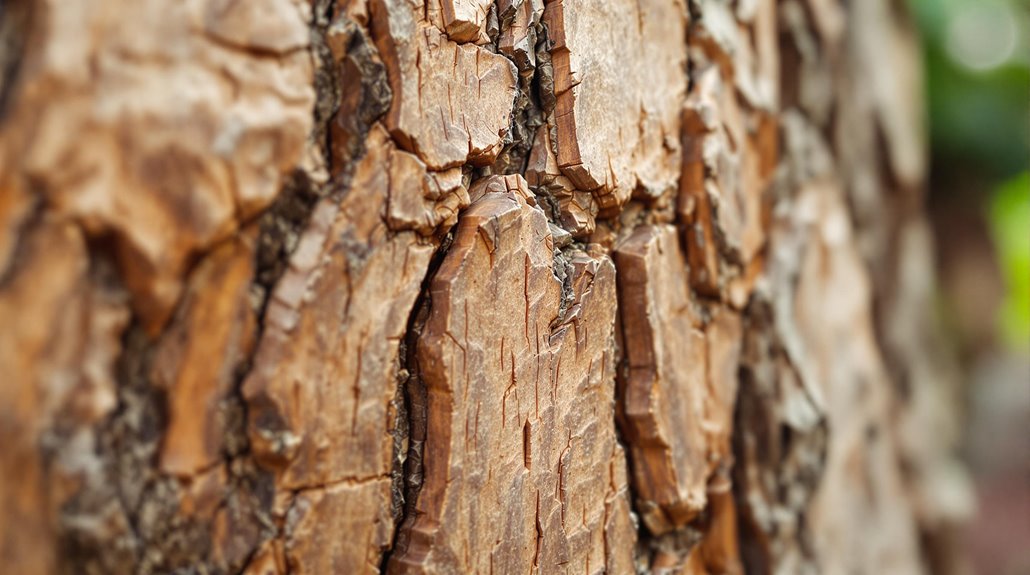
One of the primary concerns surrounding sandalwood is the need for sustainable cultivation and conservation efforts. Overharvesting and deforestation have threatened the long-term viability of this precious natural resource. Fortunately, there are now sustainable extraction methods and certification programs in place to guarantee the responsible management of sandalwood.
Sustainable cultivation techniques, such as selective harvesting and replanting, have become increasingly important. These methods certify that sandalwood forests can regenerate and continue to provide this precious resource for generations to come. Additionally, certification programs, like the Forest Stewardship Council (FSC), help consumers identify sustainably sourced sandalwood products.
Trees must reach at least 15 years of age before they can be commercially harvested with sufficient fragrance and oil content.
Contemporary Sandalwood-Derived Products
The versatility of sandalwood has led to its incorporation into a wide array of contemporary products. From luxurious personal care items to eco-friendly home furnishings, the alluring scent and natural properties of this ancient wood continue to mesmerize, enthrall, and enrapture modern consumers.
- Sandalwood essential oils and hydrosols are prized ingredients in high-end perfumes, lotions, and aromatherapy products, offering a warm, woody fragrance and purported skin-nourishing benefits.
- Finely crafted sandalwood figurines, boxes, and incense burners have become sought-after home decor items, adding a touch of organic elegance to any space.
- Innovative companies are now utilizing sandalwood in the production of sustainable textiles, using the wood's natural oils to create eco-friendly fabrics and dyes.
- The growing demand for ethical and traceable supply chains has encouraged many brands to source their sandalwood directly from sustainably managed plantations, ensuring responsible cultivation practices.
Many artisans have begun incorporating sandalwood into soy wax candles, combining its therapeutic properties with eco-friendly materials for a more sustainable aromatic experience.

